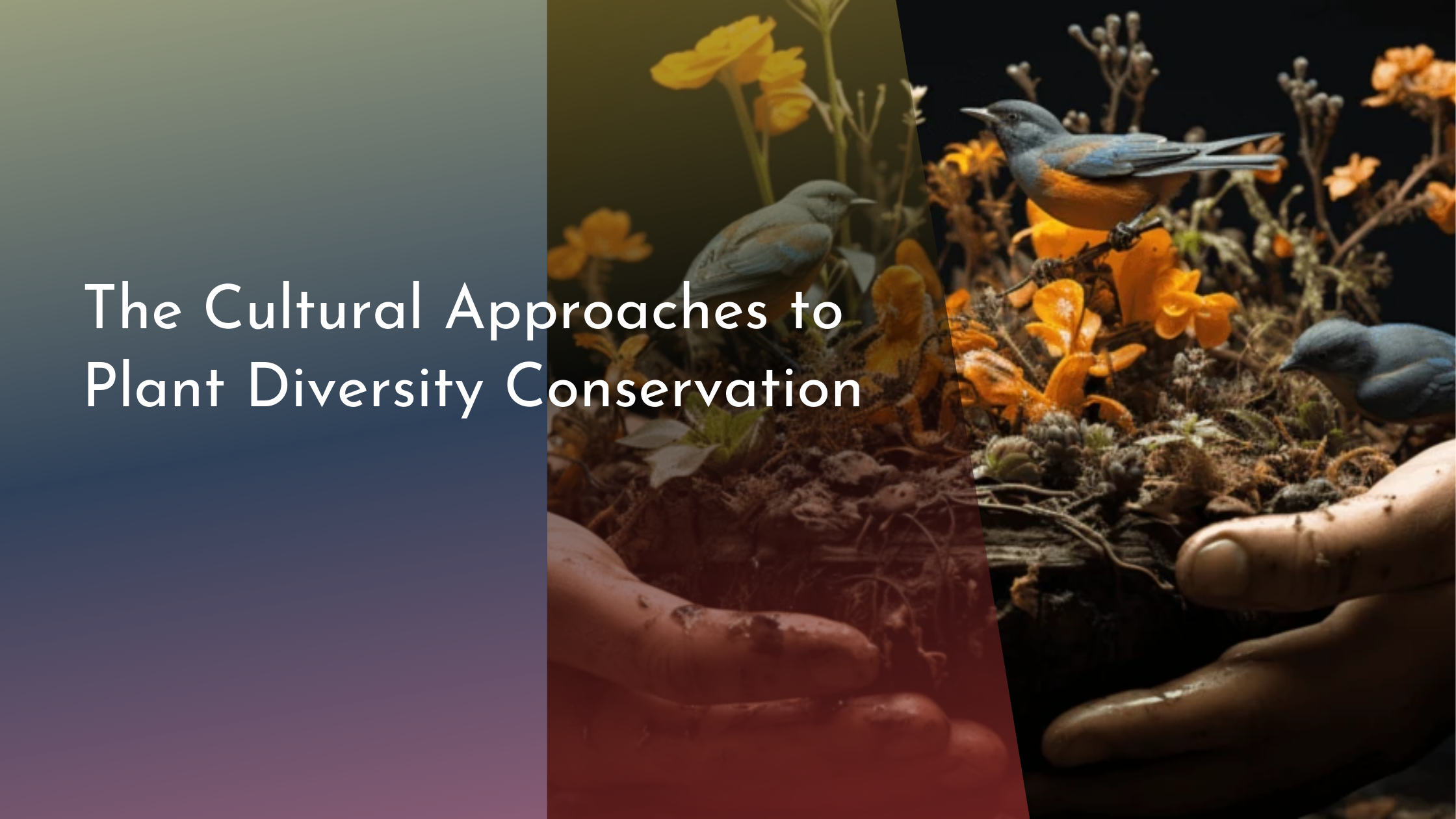The Cultural Approaches to Plant Diversity Conservation
Plant diversity, with its vast array of species, shapes ecosystems, supports livelihoods, and contributes to the resilience of the biosphere. As the global community grapples with environmental challenges, the conservation of plant diversity emerges as a critical focus. This article delves into the intricate tapestry of cultural approaches to plant diversity conservation, exploring the harmonious blend of traditional knowledge and modern techniques. By understanding these diverse methods, we can appreciate the rich legacy of plant conservation and its role in securing a sustainable future for all.
Understanding Plant Diversity and Its Importance
Plant diversity refers to the variety and abundance of different plant species within a particular region or ecosystem. This diversity is not only a measure of the ecological health of an environment but also a critical component in maintaining ecosystem services such as air purification, water cycles, and soil fertility. Biodiversity acts as a natural insurance policy, enhancing ecosystem resilience and providing resources for food, medicine, and fuel. Understanding plant diversity is essential as it underpins the health of entire ecosystems, supporting both human and animal life.
The importance of plant diversity extends beyond environmental factors; it is deeply intertwined with cultural identity and heritage. Many communities around the world rely on specific plant species for traditional practices, medicinal purposes, and cultural rituals. For instance, indigenous tribes in the Amazon basin use hundreds of plant species for various aspects of daily life. This intrinsic link between plants and culture highlights the necessity of conserving plant diversity, not just for ecological reasons but also to preserve cultural identities and traditions.
Traditional Knowledge in Plant Conservation
For centuries, indigenous and local communities have harnessed their environment’s natural resources with a profound understanding of plant characteristics and ecological dynamics. This traditional knowledge is an invaluable asset in the conservation of plant diversity. Communities have developed intricate agricultural systems and practices, such as shifting cultivation and agroforestry, that promote biodiversity and land sustainability. For example, Indigenous peoples in Southeast Asia have long practiced rotational farming, which helps maintain soil fertility and encourages the growth of diverse plant species.
Traditional knowledge also includes the use of plants for medicinal purposes. Many cultures possess extensive pharmacopoeias derived from local flora, underscoring the importance of preserving plant diversity to maintain health and wellness. The knowledge of which plants to harvest, how to use them, and when to plant them is passed down through generations, creating a rich tapestry of cultural wisdom that contributes significantly to plant conservation. By respecting and integrating traditional knowledge into conservation efforts, we can harness these age-old practices to enhance modern biodiversity strategies.
Modern Techniques Enhancing Preservation Efforts
In recent years, technological advancements have propelled plant conservation efforts to new heights. Techniques such as genetic engineering, seed banking, and tissue culture allow scientists to preserve plant species that are endangered or difficult to grow in their native environments. Seed banks, like the Svalbard Global Seed Vault, act as biodiversity repositories, safeguarding genetic material for future restoration efforts. These modern methods provide a crucial buffer against biodiversity loss due to climate change, habitat destruction, and other anthropogenic pressures.
Furthermore, digital technologies such as Geographic Information Systems (GIS) and remote sensing are revolutionizing the way we monitor plant populations and ecosystem health. These tools enable conservationists to map biodiversity hotspots, track changes in vegetation cover, and assess the impacts of conservation interventions. The integration of modern scientific techniques with traditional ecological knowledge offers a comprehensive approach to plant diversity conservation, ensuring that strategies are both innovative and culturally sensitive.
Conclusion: Bridging Traditions and Innovations
The preservation of plant diversity is a multifaceted endeavor that requires the collaboration of diverse approaches and stakeholders. By weaving together traditional knowledge and modern scientific techniques, we create a robust framework for conserving the world’s rich tapestry of plant life. This integrative approach not only protects ecological and cultural heritage but also fosters sustainable development and resilience in the face of climate change and biodiversity loss.
As we look to the future, it is imperative that we continue to bridge traditions with innovations in plant diversity conservation. By valuing the wisdom of indigenous communities and leveraging cutting-edge technologies, we can safeguard the planet’s botanical richness for generations to come. The blend of old and new offers hope for a world where ecological balance and cultural diversity thrive, ensuring that the earth remains a vibrant and life-sustaining home for all its inhabitants.

